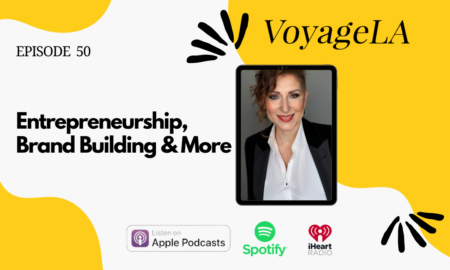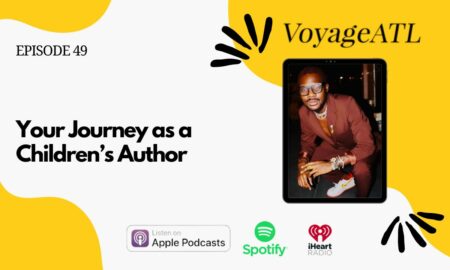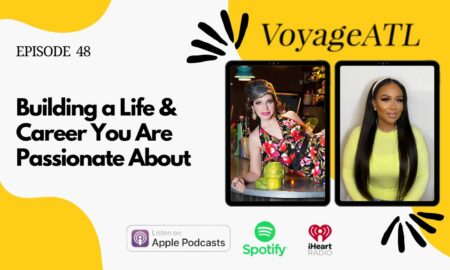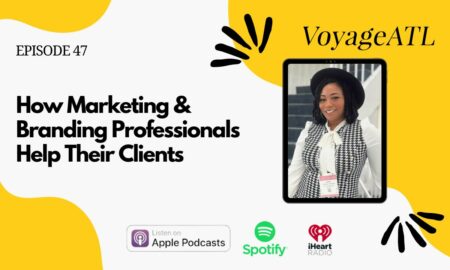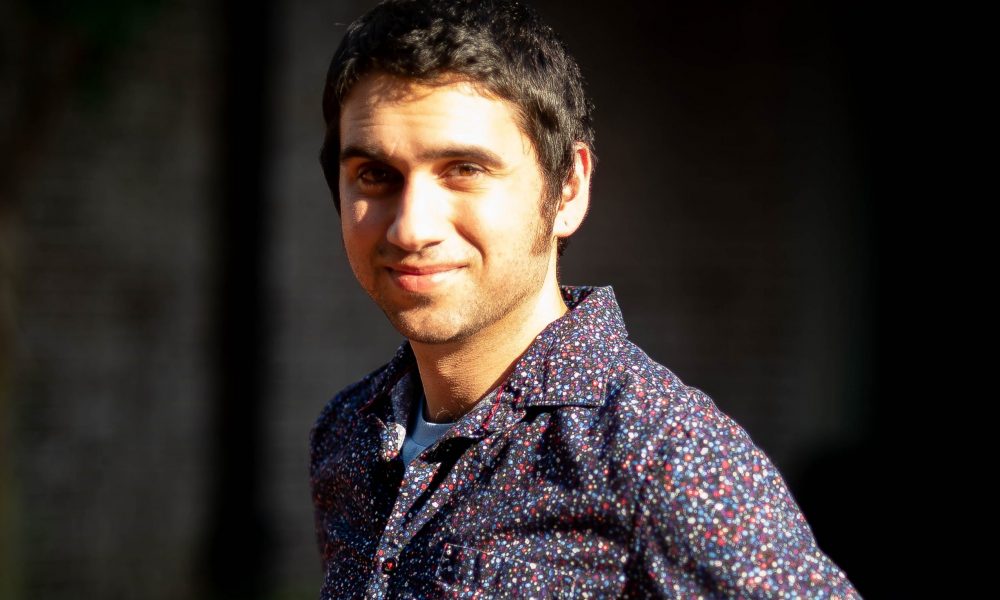

Today we’d like to introduce you to Evan Small.
Evan, can you briefly walk us through your story – how you started and how you got to where you are today.
I’ve been drawing and painting for as long as I can remember. Towards the end of high school, I was experiencing feelings of not feeling like myself. After a couple of weeks of going back and forth, I was psychologically evaluated and diagnosed with Schizophrenia. A lot of people confuse this with multiple personality disorder, and that couldn’t be further from the truth. It’s basically a disorder that can affect how I process the world around me, sometimes muddling a line between reality and what I’m seeing and feeling. After receiving this diagnosis, I had to drop out and finish the rest of high school by receiving my GED. At the time, the doctors and licensed mental health professionals told my family that recovery was unclear, even hesitating to discuss at length long term prognosis and management.
I was able to restart and rebuild, relearning a lot of things that I had been proficient in before my diagnosis. A couple of years later, I applied to a local trade school and enrolled in their Graphic Design and Print Production program. While I was attending school, I was also holding down a job waiting tables. Pairing the impossible with grit taught me that even when the odds are against you, to push through. After finishing school, I managed to work on some freelance Graphic Design and Photography jobs shortly before I started my career in the graphic arts.
In the last five years, I’ve been able to learn a variety of things within the printing industry which span from traditional printing to designing for print and offering input with clients to envision what their final product for printing will be. I have simultaneously been working on commissioned portrait oil paintings, abstract/mixed media pieces, and expressionist pieces as well. I am blessed and grateful to have made a full recovery and to have a career that allows me the freedom to be creative.
Overall, has it been relatively smooth? If not, what were some of the struggles along the way?
One thing I learned when starting to catalog my works was organization and keeping a precise inventory of all of my work. This allows me to generate ideas for upcoming shows, envision what I’m going for in a collection of work, and planning ahead for my next step in my journey as an artist. Alongside that, having a new level of awareness to the number of materials used in certain bodies of work also help me know how to price paintings appropriately. Lastly, marketing is so important. I know without marketing and getting your name out there, you are going to be staring at a lot of your own work on your walls.
Please tell us more about your artwork, what you are currently focused on and most proud of.
One thing I always come back to is using my art as a way to advocate for mental health, and a question I ask myself from time to time is “what function do my paintings serve?”, other than self-expression.
I paint mostly figurative art. A lot of portraits of people and pets. Some of my pieces are a little bit more expressive and loose than others. It’s very important for me to be guided by mood, color, and even the approach I take when putting the brush in the paint on the fresh canvas for the underpainting. I think instead of always having this concrete idea of an exact representation of someone or something, its important for the capturing of mood, colors, and body language to be represented within my work. I’ve been proud of commissions that have served as a memorial for a loved one that has passed or to inspire someone struggling with mental health to see it does not have to be an exact plan with a set final destination.
The drive from within me comes from that period in my life where I couldn’t unsee my prognosis and the odds of being back to “normal”. Mental Illness is still considered something taboos too often by too many people, but when I was going through my struggles at its worst, there weren’t nearly the number of resources and people speaking up as there are now. I’m using my diagnosis as a way to challenge people’s ideas of what a mentally ill person looks like is and what can or can’t do, in both statistics and preconceived socio stereotypes.
What is “success” or “successful” for you?
I personally define success as being able to paint every day. I really carry the comments and messages I receive with weight. After all, these aren’t bots and usernames, these are real-life people engaging with me in my community, across the United States, and even abroad. For me inspiring other artists along the way affirms my purpose in the arts community. I had watched a video online were an art critic said, “as an artist, you should be doing whatever it is you can’t help but do”. Be persistent, draw and paint every day, and never run away from your style that makes your art your art.
Contact Info:
- Website: evansmall.gallery
- Phone: 404.729.0380
- Email: inkupimages@gmail.com
- Instagram: https://www.instagram.com/figurativeform/






Suggest a story: VoyageATL is built on recommendations from the community; it’s how we uncover hidden gems, so if you or someone you know deserves recognition please let us know here.
















